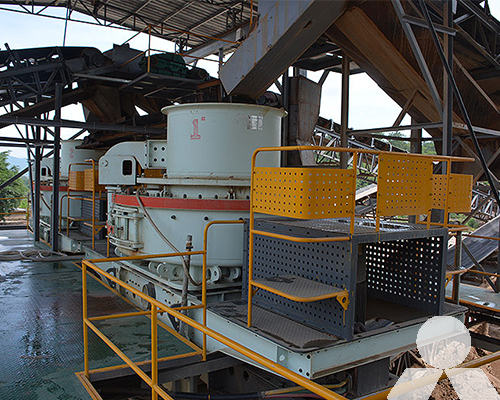Hammer stone crusher for sand making plant manufacturer in China
In the realm of aggregate production, sand plays a vital role as a primary component for concrete, asphalt, and various construction materials. To meet the ever-increasing demand for quality sand, sand production plants utilize various equipment, with the hammer crusher being a crucial machine in the process. This article delves into the significance and operation of the hammer crusher in sand production plants.

The Role of Hammer Crusher
The hammer crusher, also known as a hammer mill crusher, is a powerful machine designed for the primary and secondary crushing of various materials, including minerals, rocks, and aggregates. In the context of sand production, it is employed to break down large rocks and other raw materials into smaller, more manageable pieces. Here are some key roles of the hammer crusher in sand production:
- Reduction of Raw Material Size: Hammer crushers reduce the size of raw materials by applying high-speed impacts and abrasion. This process is crucial for obtaining the right size of sand particles required for various applications.
- Uniform Particle Size Distribution: The hammer crusher produces sand with a uniform particle size distribution, ensuring the consistency and quality of the final product.
- Efficient Material Handling: The machine’s design allows for efficient handling of various materials, including limestone, granite, and other aggregates commonly used in sand production.
Operation of Hammer Crusher
Understanding the operation of a hammer crusher is essential for its effective use in a sand production plant. Here is an overview of the typical operation:
- Feeding: Raw materials are fed into the crusher through a feed hopper or conveyor belt. It is essential to ensure a consistent and controlled feed rate to optimize the crusher’s performance.
- Impact and Crushing: Inside the crusher, a high-speed rotor equipped with hammers spins rapidly. As the rotor rotates, the hammers strike the raw materials, breaking them down into smaller pieces. The centrifugal force generated by the rotor ensures efficient material impact.
- Sizing and Screening: After crushing, the sand and other materials pass through screens or grates that control the size of the output. Oversized particles are returned for further crushing, while properly sized materials are sent to the next stage of the production process.
- Adjustment and Maintenance: Regular maintenance, including hammer replacement and lubrication, is necessary to keep the crusher in optimal condition and ensure consistent sand production.
The hammer crusher is an indispensable tool in sand production plants, facilitating the transformation of raw materials into high-quality sand for construction and other applications. Its ability to efficiently reduce material size, maintain a uniform particle size distribution, and handle a wide range of materials makes it a valuable asset in the aggregate industry. Proper operation and maintenance of the hammer crusher are key factors in ensuring its continued performance and longevity in sand production processes.









